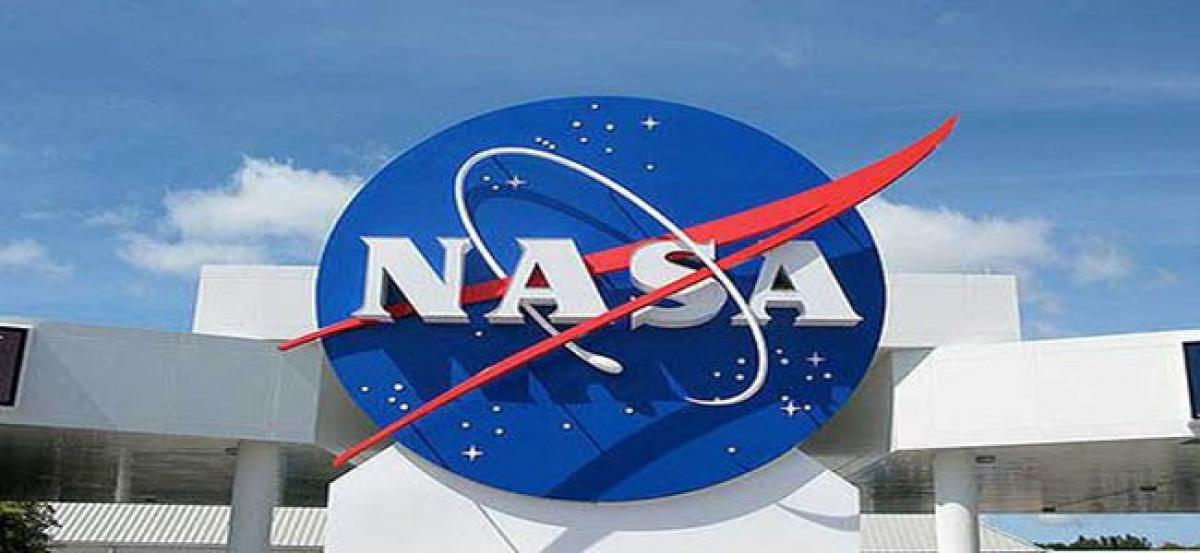Live
- NASA Astronaut Captures Stunning Aurora from Space, Sparks Debate on Authenticity
- India Squad for Champions Trophy 2025 and England ODIs: Live Updates on Mohammed Shami's Return
- District Collector Directs Swift Completion of Pending Development Works in Aija Municipality
- Triptii Dimri's Aashiqui 3 Exit Due to Bold Image in Animal, Kangana Ranaut Reacts to Censor Board Cuts in Emergency
- Government to Empower Women Through Solar Power: 1,000 MW Target via SHGs
- District Collector Focuses on Healthcare and Infrastructure Improvements in Ayija
- Apply for Admissions in Government Gurukuls - Collector Badavath Santosh
- Intermediate Exams Should Yield Better Results - Deputy Director Lakshma Reddy
- Pregnant Women Should Be Admitted to Hospitals a Week Before Delivery - DMHO Dr. Swarajya Lakshmi
- Will Extend Full Support to Orphaned Children: MLA Dr. Kuchukulla Rajesh Reddy









